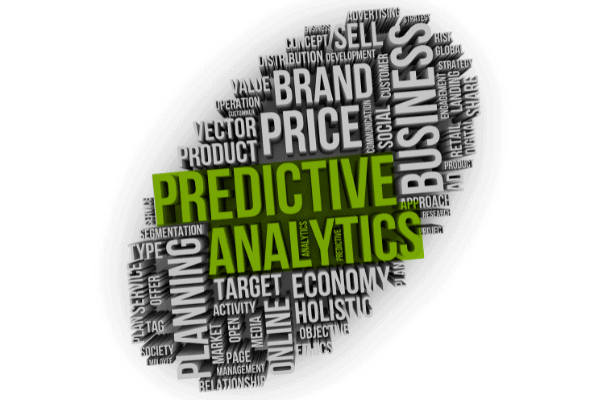
About a decade ago, the concept of “Big Data” was the biggest buzzword to hit the digital marketing industry in quite some time, with every industry report, news outlet, and marketing conference exposing the power of data.
But the problem was, there’s just more customer data out there than most marketers can handle, leaving humans to sift through mountains of data, mining for patterns and use cases. That’s where augmented analytics comes into play.
In 2019, Gartner released a report that introduced the concept and defined augmented analytics as using “machine learning (ML) and artificial intelligence (AI) techniques to transform how analytics content is developed, consumed and shared.”
According to Gartner, by 2023 IT specialists will be less engaged in managing and preparing repetitive and low-impact data. Augmented Data Management technologies will free up to 20% of their time for collaborations, education and self-education, and for high-value DM tasks.
By 2023, organizations that dynamically automate, connect and optimize their data management processes via Active Metadata, Machine Learning, and Data Fabric will spend 30% less time on Data Integration.
In short, augmented analytics are tools that help simplify those mountains of data, automating processes that would have been overwhelming to marketers attempting to sift through data manually.
In today’s post, learn about some of the ways augmented analytics are completely changing the ways marketers think about and use data.
Augmented analytics are transforming data management
A recent study by Gartner claimed that by 2023, augmented analytics will mean Consumer Insights (CI) specialists are much less involved in the tedious and repetitive management of low-impact data, and this means they will have much more time to explore new uses for that data. In fact, augmented data management technologies will likely mean as much as 20% more time for collaborations, education and self-education, and for high-value DM tasks.
Nearly every aspect of data management can be streamlined by adopting augmented analytics tools. According to Gartner some of those enhancements will impact data preparation, data integration, data quality, master data management, metadata management, data cataloging and database management.
Simplifying Analysis
Currently, the sea of data is so vast that it takes human teams months, if not years to recognize the patterns and trends within that data, long still to parse the best ways to put those trends to use, and by the time that analysis and those plans are in place, the data may have grown stale while new trends emerge. There’s also the problem of human error, misperceptions and biases that sometimes cloud our ability to find those patterns.
With augmented analytics, marketers and businesses can quickly see trends and patterns as they emerge in real-time.
Think, for example, about streaming services such as Netflix. Algorithms get to “know” users from the first piece of content they consume, learning along the way in order to recommend future content. As machine learning and artificial intelligence become more widely available and affordable, augmented analytics mean that businesses of any size have access to much more efficient means of analyzing data.
Delivering actionable insights without all of the heavy lifting
Historically, turning data into marketing strategy has meant weeks and weeks of collecting insights, manually analyzing them, arranging those insights into a report, and then presenting those findings to a room of decision-makers who then begin the arduous task of interpreting the findings and coming to a consensus about how to use them. The process not only involved hours or labor but also wasted critical time between data collection and strategy implementation.
Augmented analytics means saving precious time and resources in terms of data collection and organization. By adopting new machine learning and AI tools, businesses are also adopting dashboards, ready-made reports, and even instantaneous notifications in order to allow entire teams access to the same information in real-time, which means more time can be spent strategizing, rather than making tedious, and endless, graphs, charts, and spreadsheets.
Back in the old “Big Data” days, the idea of collecting massive quantities of data was aspirational for businesses looking for better insights into customer behavior. But now with so many new tools for collecting that information, big data is just data, and the new challenge for marketers is putting it to smart and efficient use while also reducing the amount of human hours spent capturing, organizing, and implementing strategies around these vast stores of information.
Much like the concept of big data a decade ago, soon augmented analytics will become the standard for businesses looking to connect with customers in the information age, and those who fail to adopt now could be left to play catchup in years to come.
Augmented Analytics and Skai
Skai uses patented NLP and advanced analytics to surface powerful trends and insights — enabling brands to put the current and future needs of consumers at the heart of every decision they make, from product innovation to marketing strategy and execution.
Learn more about Skai’s market intelligence platform and how you can enjoy the power of external data without the time-consuming and costly heavy lifting of building. Augmented analytics can solve so many challenges for your organization.






